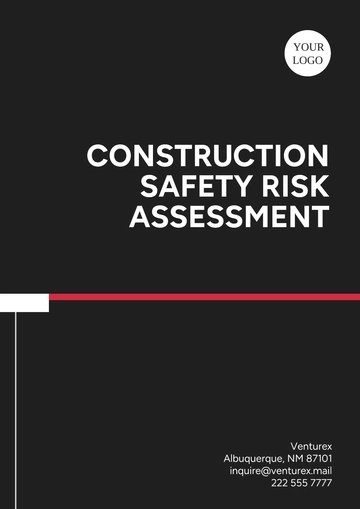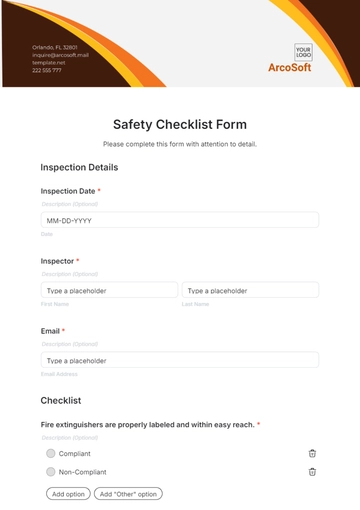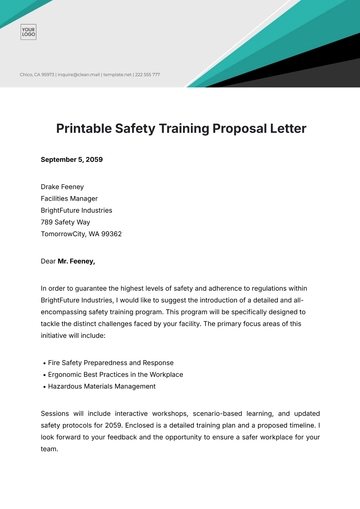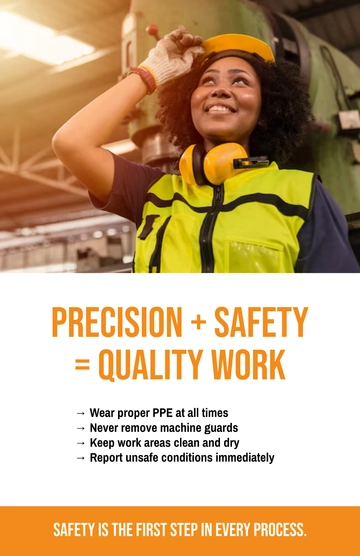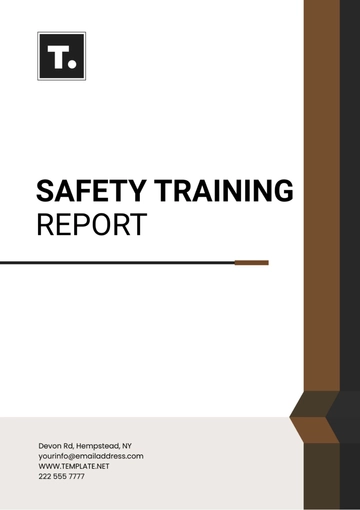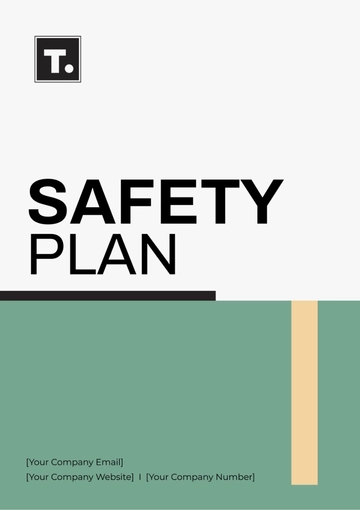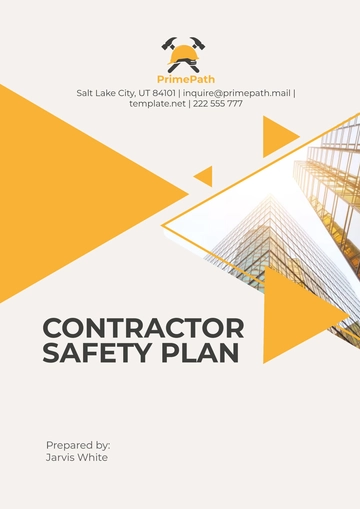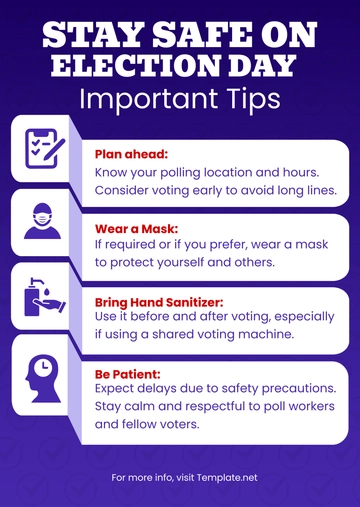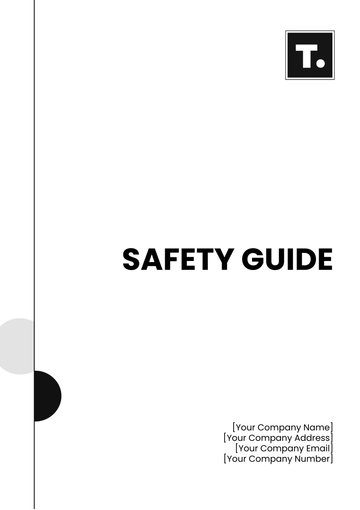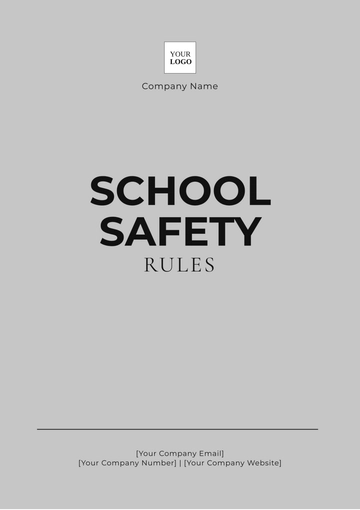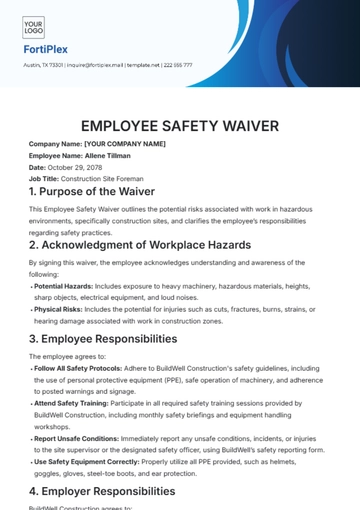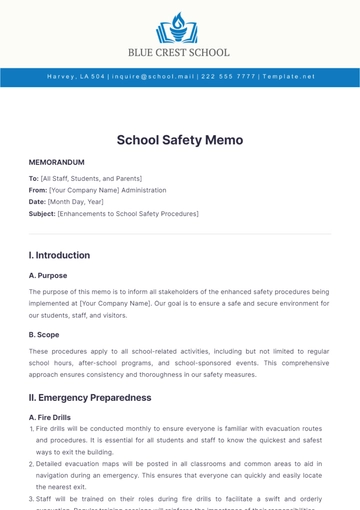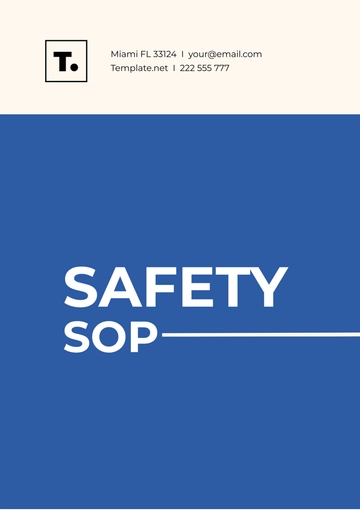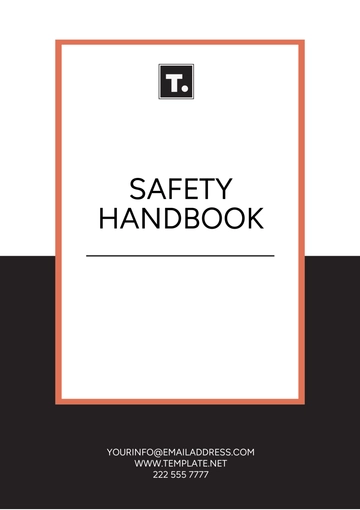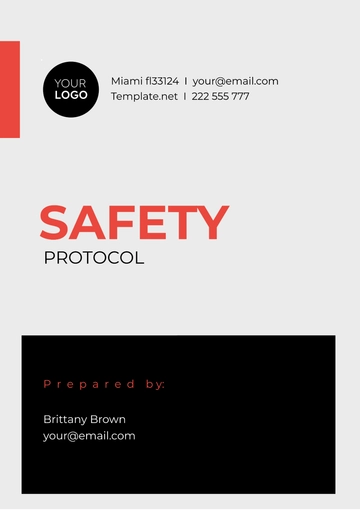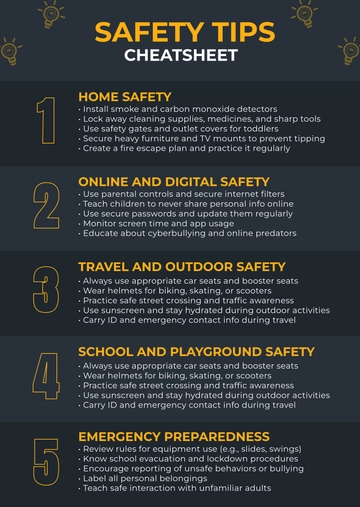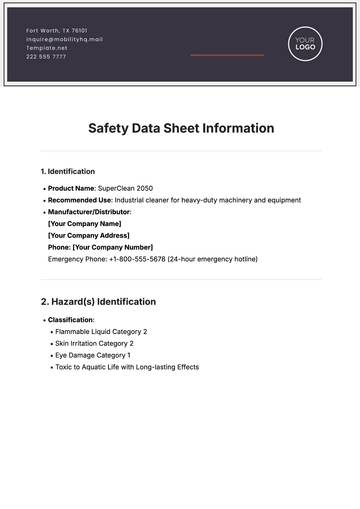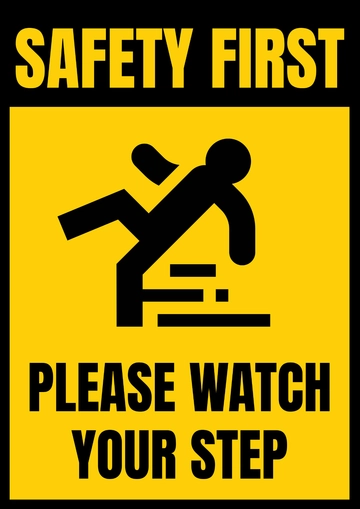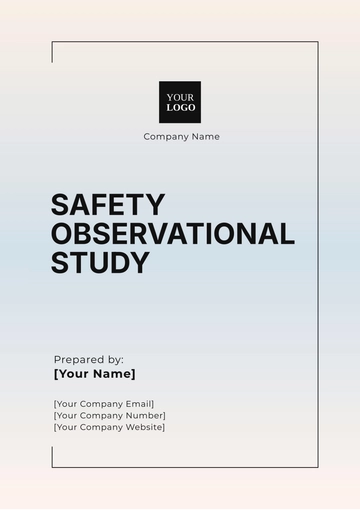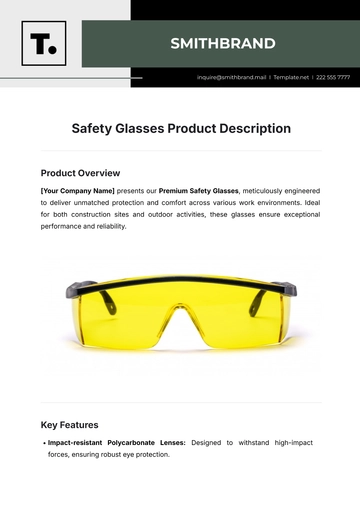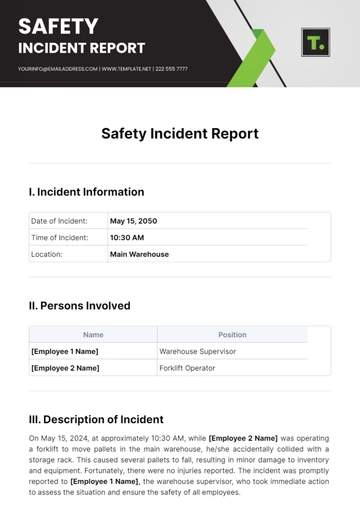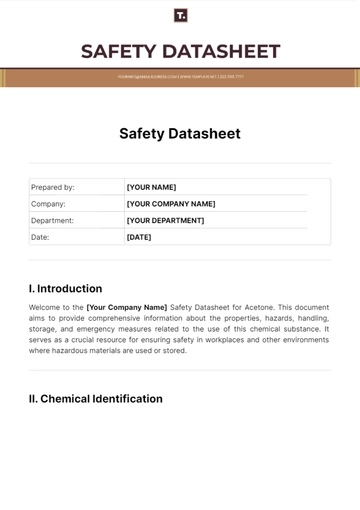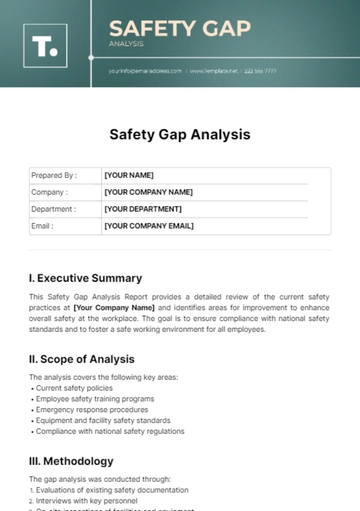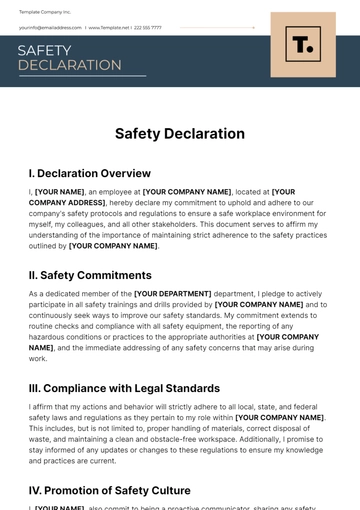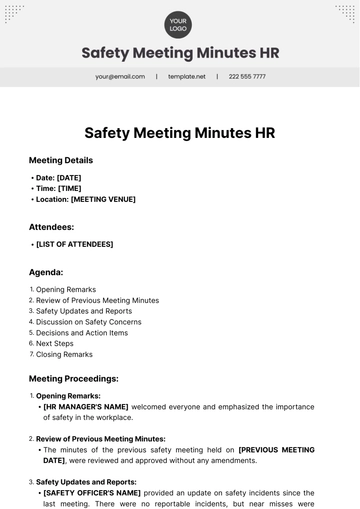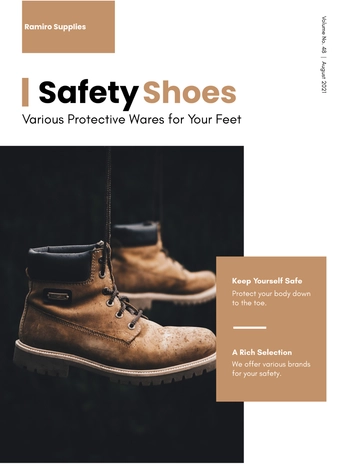Free Cleaning Services Safety Improvement Guide
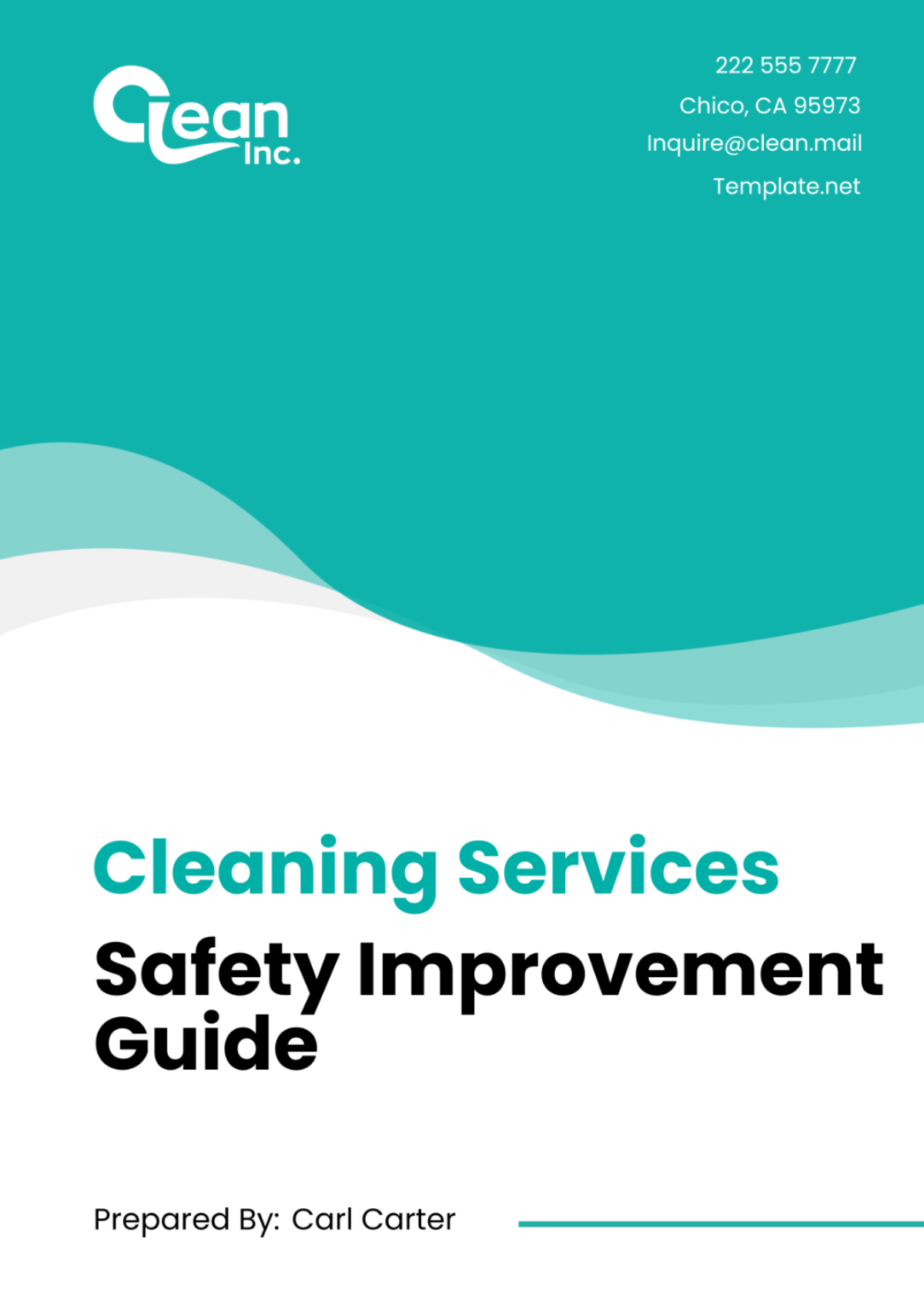
A. About this Guide
This guide serves as an important resource primarily designed to elevate and stress the importance and adherence to safety protocols within the scope of cleaning operations. Our fundamental objective in creating this instructive and practical guide is to substantially minimize, if not completely eliminate, hazards that might be present in the workplace. We achieve this by paying unwavering attention to the stringent safety protocols we have in place. This is to ensure not only the safety and security of our talented and hardworking team of professional cleaners but also for the benefit of our valued clients. Our belief is that forging a risk-free environment for our staff equips them with the motivation and assurance they need to provide cleaning services of the highest caliber for all our clients.
B. Navigating Safety in Cleaning Industry
In the realm of cleaning services, understanding the unique safety risks is paramount to ensuring a secure working environment. This guide is meticulously crafted to equip all stakeholders with the knowledge and practices necessary to navigate these challenges effectively.
1. Understanding Industry-Specific Risks
a. Cleaning Chemicals: Proper handling and storage of cleaning agents are imperative due to the potential hazards they pose, including skin irritation, respiratory issues, and chemical burns.
b. Slip, Trip, and Fall Hazards: Accidents stemming from wet floors, cluttered pathways, and inadequate lighting are prevalent in the cleaning industry. Identifying and mitigating these risks is essential for accident prevention.
2. Compliance with Regulatory Standards
a. OSHA Regulations: Adherence to Occupational Safety and Health Administration (OSHA) standards is mandatory to ensure workplace safety. Familiarize yourself with OSHA guidelines relevant to the cleaning industry.
b. EPA Guidelines: Environmental Protection Agency (EPA) regulations govern the use and disposal of cleaning chemicals to safeguard both workers and the environment. Complying with these guidelines is imperative.
3. Equipment Safety Protocols
a. Machinery Operation: Safe operation of cleaning equipment, such as floor scrubbers, vacuum cleaners, and pressure washers, requires thorough training and adherence to manufacturer instructions.
b. Maintenance Procedures: Regular maintenance and inspection of equipment are essential to prevent malfunctions and accidents. Develop a maintenance schedule to ensure equipment remains in optimal condition.
4. Personal Protective Equipment (PPE) Usage
a. Selection and Usage: Employees must be equipped with appropriate PPE, including gloves, goggles, and respirators, based on the specific hazards they encounter during cleaning tasks.
b. Proper Fit and Maintenance: Ensuring proper fit and maintenance of PPE is crucial for its effectiveness. Regular inspections and replacement of damaged equipment are essential to uphold safety standards.
5. Training and Education Initiatives
a. Initial Training: New employees should undergo comprehensive safety training sessions and orientation to familiarize themselves with industry-specific risks and safety protocols.
b. Ongoing Education: Regular refresher courses and updates on safety procedures are vital to reinforce knowledge and address any changes in regulations or industry practices.
6. Emergency Preparedness and Response
a. Evacuation Procedures: Establish clear evacuation routes and emergency assembly points to guide employees in the event of fires or other emergencies.
b. First Aid Protocols: Ensure employees are trained in basic first aid procedures and have access to first aid kits to address injuries or illnesses promptly.
7. Continuous Improvement Strategies
a. Incident Reporting: Implement a robust incident reporting system to encourage employees to report safety concerns, accidents, or near misses promptly.
b. Safety Audits: Regular safety inspections and audits should be conducted to identify hazards and implement corrective actions, fostering a culture of continuous improvement and safety excellence.
C. Understanding Risks and Hazards
Prioritizing safety begins with a thorough understanding of the risks and hazards inherent in cleaning operations. This section delves into the meticulous evaluation of tasks, equipment safety measures, proper handling of chemicals, and environmental assessments to mitigate potential risks effectively.
1. Evaluating Tasks
Before implementing any cleaning task, it is essential to conduct a comprehensive evaluation to identify potential safety hazards. Each task should undergo individual risk ranking based on various safety metrics, ensuring proactive risk mitigation strategies are in place.
2. Equipment Safety
The regular inspection and maintenance of cleaning equipment are paramount to ensuring its reliable performance and minimizing risks. Properly maintained equipment not only enhances efficiency but also reduces the likelihood of accidents or malfunctions during operation.
3. Safe Handling of Chemicals
Strict adherence to safety instructions for handling and storing cleaning agents is imperative to prevent accidents and exposure to hazardous substances. Employees must be trained in the safe handling procedures of various chemicals to minimize the risk of injuries or adverse health effects.
4. Environment Check
Regular environmental assessments play a crucial role in identifying new hazards in the workplace. By proactively identifying potential risks such as slippery floors, obstructed pathways, or inadequate lighting, preventive measures can be implemented to maintain a safe working environment.
D. Safety Policies Implementation
Adherence to safety policies and procedures ensures a safe work environment. A comprehensive list of these policies includes areas such as:
Area | Policy |
|---|---|
Equipment Use | Utilize the provided equipment as per manual guidelines. |
Chemical Handling | Follow the designated instructions while dispensing, using, and disposing of cleaning chemicals. |
PPE Requirements | Always don PPE while undertaking cleaning tasks. |
Emergency Protocols | Take immediate recourse to emergency protocols in case of unwanted incidents. |
Reporting | Report any safety concerns to the supervisor promptly. |
E. Training and Education
It is of paramount importance in maintaining a safe workplace environment that there be a consistent, ongoing emphasis on training related to safety protocols and procedures. An array of different programs are available which offer this kind of training, they include:
The onboarding safety training is essentially an introduction to all the safety practices that we expect all our new employees to observe and strictly adhere to. This training is designed to give you a comprehensive understanding of the various safety procedures and guidelines in place. Next, we have ongoing training. These are regularly-scheduled refresher safety courses that all staff members must undertake, regardless of how long they've been with us. These courses ensure that all our employees remain updated on the latest safety protocols and are always mindful of their own safety, as well as the safety of their colleagues. Lastly, we have equipment training. This involves specific training modules dedicated to the safe use of new equipment or tools. It is crucial to understand how to properly operate any equipment or tools that you'll be using in your daily tasks to prevent any potential accidents or mishaps.
F. Role of Personal Protective Equipment (PPE)
It is crucial to understand that Personal Protective Equipment (PPE) is a necessity, not a choice. It contributes significantly towards maintaining a safer work environment. Here are some key guidelines:
Regular use: Always don PPE during cleaning tasks.
Maintenance: Clean and store PPE as per the given instructions.
Fit: Ensure PPE fits well. Seek replacements promptly if required.
G. Emergency Preparedness and Response
The act of equipping oneself with the necessary knowledge and readiness to respond aptly and efficiently during an emergency has the potential to reduce the severity of the event's impact. Important pointers on how to manage emergencies include:
Know your evacuation route and assembly points.
Get trained in basic first aid procedures.
Always have emergency contact numbers handy.
Report all emergencies promptly.
H. Ongoing Safety Improvements
To achieve high safety standards, continuous improvement is key. We aim to identify and react to safety concerns by:
Providing channels for employees to report safety concerns.
Conducting regular on-site inspections to identify potential risks.
Holding quarterly safety meetings to discuss incident reports and improvements.
Auditing safety protocol adherence and suggesting improvements.
This guide aims to be a robust resource in ensuring optimum safety standards within cleaning services. Adherence to these guidelines will create a safe working environment for employees while ensuring the clients receive the best quality service.
- 100% Customizable, free editor
- Access 1 Million+ Templates, photo’s & graphics
- Download or share as a template
- Click and replace photos, graphics, text, backgrounds
- Resize, crop, AI write & more
- Access advanced editor
Elevate safety standards with the Cleaning Services Safety Improvement Guide Template from Template.net. This editable and customizable template offers strategies for enhancing safety measures in cleaning operations. Editable in our Ai Editor Tool, it's essential for reducing risks, complying with health and safety regulations, and ensuring the well-being of both staff and clients.
